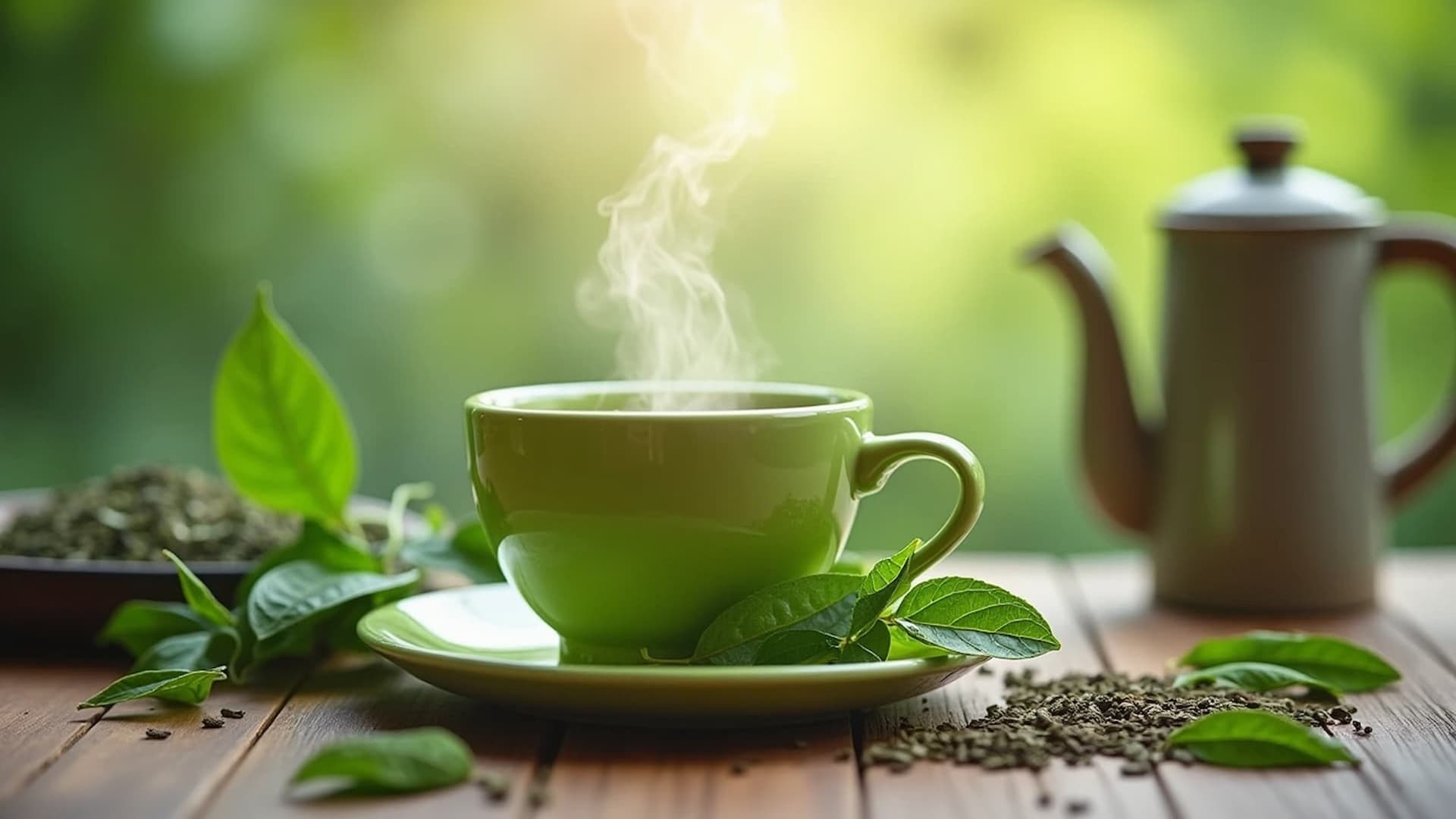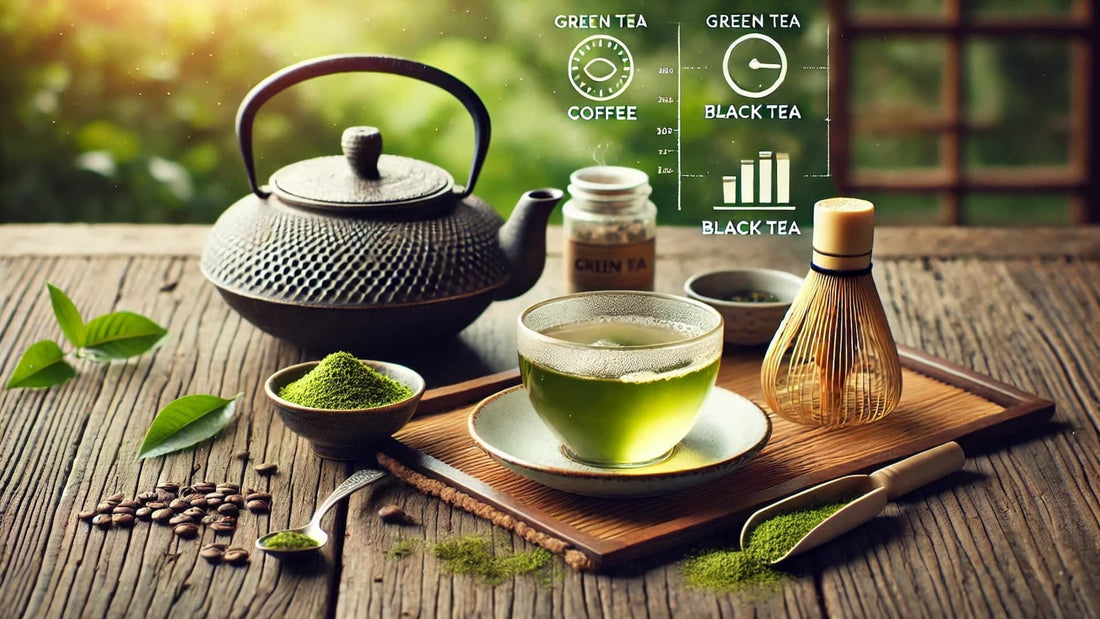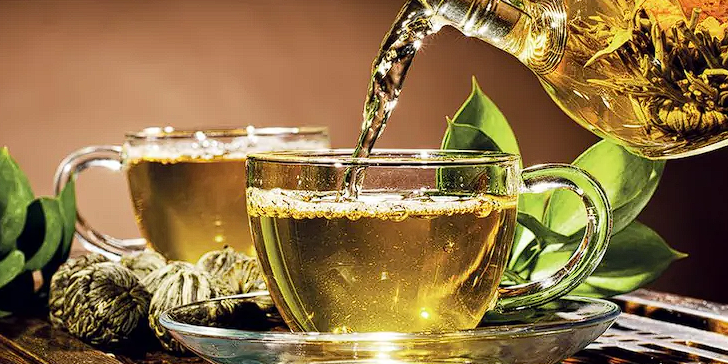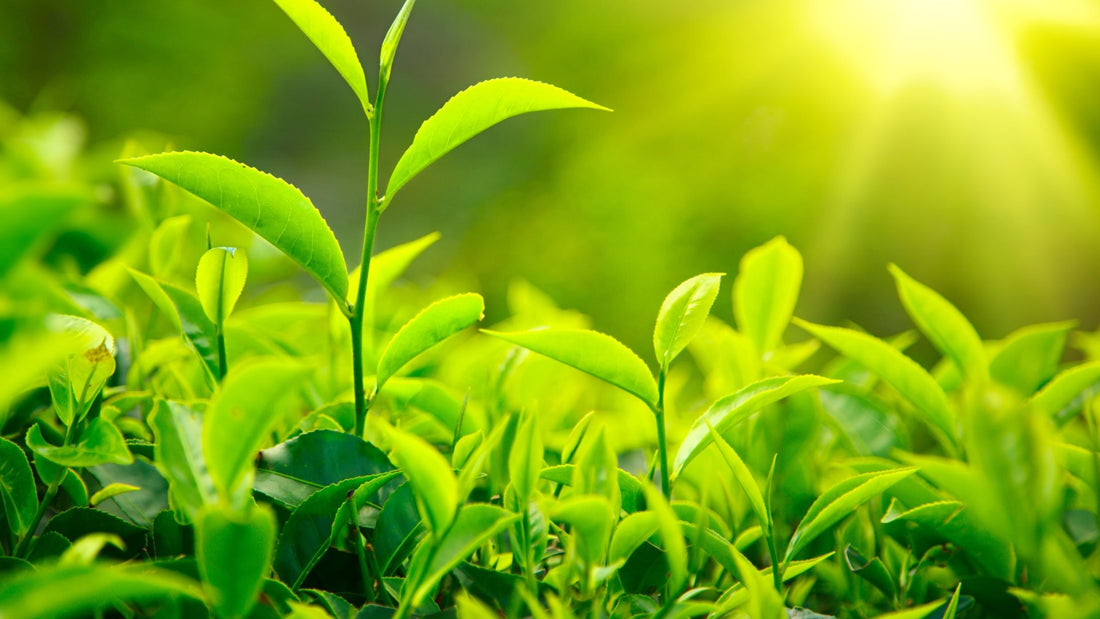News
Caffeine in Green Tea: Everything You Need to Know for an Informed Sip
Curious about caffeine in green tea? Explore its levels, health benefits, and tips for brewing the perfect cup. Find out how it compares to coffee and other teas!
Learn moreThe role of tea
The Role of Tea in British Culture and History Tea is an integral part of British culture, history, mentality, and daily life. The British consume tea an average of six times a day, making the United Kingdom one of the world’s major tea importers alongside Russia. In fact, the British population consumes nearly 50% of the world’s total tea volume. But why has tea become so beloved in Britain? Tea reflects quintessential English traits: composure, conservatism, and restraint. The ritual of tea perfectly aligns with the British way of life, emphasizing organized and measured gatherings. It has even become a symbol of England itself. When people think of the British, they often associate them with tea, along with football, monarchy, and fog. Some say it’s easier to imagine England without a queen than without tea. Historically, tea played a significant role in Britain. Its introduction and widespread adoption influenced the course of history. For instance, during the 18th century, tea consumption helped reduce gin consumption, leading to overall better health and increased life expectancy among the British population. Some historians even credit tea-drinking culture with supporting the British army during World War II. The legendary Prime Minister Winston Churchill claimed that tea boosted soldiers’ morale and contributed to victory over Germany. Tea Varieties and Idioms Here are some popular tea varieties in English: English Breakfast Tea: A robust black tea often enjoyed with milk or lemon. Irish Breakfast Tea: Similar to English Breakfast, it’s a strong black tea served with milk and sugar. Earl Grey: A black tea infused with bergamot oil, known for its distinctive flavor. Tea Idioms: “My cup of tea”: Refers to something one enjoys or is knowledgeable about. “To take tea with somebody”: Symbolizes having a relationship with someone. Welsh proverb: “Three comforts of old age: fire, tea, and tobacco.” So, whether you’re sipping a cup of Earl Grey or enjoying a traditional English afternoon tea, remember that tea is more than just a beverage—it’s a cultural treasure!
Learn moreBenefits of Green Tea for a Healthy Lifestyle
Did you know that green tea has many benefits when consumed daily? Here are some of the benefits of drinking green tea:- High in antioxidants: Green tea contains high amounts of antioxidants called catechins, which may help protect against heart disease, cancer, and other diseases.- Anti-inflammatory properties: Green tea has anti-inflammatory properties that may help reduce the risk of certain diseases and improve overall health.- Brain health: Green tea contains the amino acid L-theanine, which may help improve focus, concentration, and overall brain function.Weight loss: Green tea has been shown to aid in weight loss by boosting metabolism and burning fat.- Heart health: The antioxidants and flavonoids in green tea may help reduce the risk of heart disease by improving blood flow and lowering cholesterol.- Immune system: Green tea has been shown to boost the immune system, which may help reduce the risk of infections and diseases. - Digestive health: Green tea has been shown to improve digestive health, reducing the risk of certain gastrointestinal diseases.- Low in calories: Green tea contains very few calories, making it a great addition to a weight loss diet.- May help reduce the risk of certain diseases: Green tea has been shown to reduce the risk of certain diseases, such as type 2 diabetes, Alzheimer's disease, and Parkinson's disease.Want to learn more about the benefits of green tea?
Learn moreTea culture around the world
Tea is a universal thread that connects cultures across continents, from the misty hills of China and India to the bustling streets of London and the serene gardens of Japan. With its diverse flavors, brewing techniques, and rituals, tea has captured the hearts of people worldwide. Here are some fascinating glimpses into tea culture from different corners of the world: Chinese Tea Culture: Tea Houses in China: Due to the paramount importance of tea in Chinese society, tea houses can be found in most neighborhoods and business districts. These establishments offer an array of hot and cold tea concoctions, along with tea-friendly snacks. Historical Roots: During the Tang dynasty, Lu Yu discovered that tea plants growing under shady hillsides produced poor-quality tea. The common tea-making methods at the time involved boiling water and tea leaves simultaneously. Lu Yu’s insights led to improvements in tea quality and preparation techniques. Japanese Tea Culture: The Way of Tea (Sadō/Chadō): Japan’s tea culture is deeply rooted in the traditional tea ceremony, known as “sadō” or “chadō.” This ritual emphasizes harmony, respect, purity, and tranquility. Matcha (powdered green tea) is central to this ceremony. Tea Gardens and Zen Aesthetics: Japanese tea gardens, with their meticulously designed paths, bridges, and stone lanterns, create a serene environment for tea ceremonies. Zen aesthetics play a significant role in shaping the tea experience. British Afternoon Tea: A Quintessential British Tradition: Afternoon tea, with its delicate sandwiches, scones, and pastries, is a beloved British custom. It originated in the 19th century and became associated with leisurely gatherings and socializing. Spread of Tea Culture: The British Empire played a pivotal role in spreading tea culture to its dominions and colonies. Regions like Hong Kong, India, and Pakistan had pre-existing tea customs, while others, like East Africa, the Pacific, and Canada, adopted tea traditions due to British influence. Other Tea Traditions: Russian Tea Culture: Russia has its unique tea customs, often accompanied by sweets and preserves. The famous painting “Merchant’s Wife at Tea” by Boris Kustodiev captures the essence of Russian tea gatherings. Moroccan Mint Tea: In Morocco, mint tea (known as “atay”) is a symbol of hospitality. It’s a blend of green tea, fresh mint leaves, and sugar, served in ornate glasses. Indian Chai: India’s chai culture is vibrant and diverse. Masala chai, with its aromatic spices, is a staple across the country. Street vendors serve chai in small clay cups, fostering community connections. In summary, tea transcends borders, cultures, and time, weaving stories of tradition, connection, and comfort. So, whether you’re sipping a delicate rooibos or enjoying a black tea, remember that tea is more than a beverage—it’s a global treasure!
Learn moreDid you know about the health benefits of chamomile tea?
Here are some of the ways chamomile tea is good for your health: Promotes relaxation and calms anxiety: Chamomile tea contains apigenin, an antioxidant that binds to GABA receptors, helping to reduce stress and anxiety. Improves sleep quality: Drinking chamomile tea before bed can help with falling asleep faster and sleeping more soundly. Soothes digestive issues: Chamomile tea has anti-inflammatory properties that may help with irritable bowel syndrome (IBS), upset stomachs, and menstrual cramps. Boosts immune system: Chamomile tea contains antioxidants that can help protect against infections and diseases. Reduces inflammation: Chamomile tea has anti-inflammatory properties that may help with pain management and reducing inflammation. Supports skin health: Chamomile tea has antiseptic and anti-inflammatory properties that may help with acne, wounds, and eczema. Lowers blood sugar levels: Some studies suggest that chamomile tea may help lower blood sugar levels in people with diabetes. Supports oral health: Chamomile tea has antibacterial properties that may help prevent mouth infections and gum disease. Reduces menstrual cramps: Chamomile tea has anti-inflammatory properties that may help ease menstrual cramps and other symptoms associated with PMS. Supports overall well-being: Chamomile tea has a calming effect that can help reduce stress and promote overall well-being.
Learn moreJohann Tobias Ronnefeldt’s bold
Johann Tobias Ronnefeldt’s bold beginnings in 19th century Frankfurt, when he founded a tea company far from the major ports, has grown into a success story spanning nearly 200 years. Today, the company is a renowned tea brand served in luxury hotels around the world. Ronnefeldt’s enormous achievements are based on a deep passion for tea, an unwavering commitment to quality and innovation, and a patient, long-term perspective. The company is dedicated to preserving a legacy fueled by the same vision and passion that has driven it for generations. Ronnefeldt’s journey demonstrates the triumphs of perseverance and dedication in the tea industry, and the company continues to cultivate a culture of excellence based on quality, creativity, and meaningful connections, cementing its position as a trusted tea brand.
Learn moreSince 1823
The world of tea is a delightful blend of relaxation, mysticism, and aromatic richness. Ronnefeldt, a brand that has been serving excellent tea since 1823, brings this precious natural product to homes around the globe. Here’s a glimpse into the fascinating story of Ronnefeldt: A Rich Tradition: Ronnefeldt’s success story spans nearly 200 years. Founded in 1823, the company has become one of the world’s leading tea brands, renowned for its focus on quality, creativity, and a deep love for tea.Quality Philosophy: Ronnefeldt sources its tea from the finest tea gardens worldwide. The leaves are hand-picked (two leaves and one bud) using traditional methods. The result? Premium leaf teas characterized by exquisite flavors and a rich taste experience. The company strictly monitors every step of the production process to ensure a perfect balance of quality and sustainability.Sustainability Commitment: Ronnefeldt is dedicated to acting sustainably and ecologically. As the “most natural beverage in the world,” tea deserves our care. The brand continually explores ways to save natural resources and minimize its environmental impact.
Learn moreType of tea
Green Tea: Description: Green tea is unoxidized. It is roasted, rolled, and dried using steam, oven heat, or pan-frying, which prevents oxidation (also known as fixing). This process results in a refreshing tea with a sweet aroma. Flavor: Green tea has a lighter flavor compared to black tea. Origins: It is prevalent in eastern countries and increasingly popular in the west. Yellow Tea: Description: Yellow tea is also unoxidized. After fixing, yellow tea leaves are heaped or piled and then wrapped in a damp cloth to rest, giving them a yellow hue. Availability: Yellow tea is scarce and produced mainly in China, with limited exports. White Tea: Description: White tea is barely oxidized and has a sweet, subtle flavor. It is primarily processed from the bud only, but sometimes incorporates the first or second leaf. Characteristics: White tea is delicate and prized for its purity. Oolong Tea (Wulong): Description: Oolong teas are partially oxidized, falling within a range of 12% to 80%. Their intricate processing provides a complex flavor that evolves with each sip. Cultivation: Oolongs are highly prized and crafted with care. Black Tea: Description: Black tea is fully oxidized. The leaves turn dark during processing, resulting in a robust flavor and rich color. Global Popularity: Black tea is widely consumed worldwide. Pu-erh Tea: Description: Pu-erh tea undergoes post-fermentation. It is aged, often for several years, resulting in a unique earthy flavor. Unique Aging Process: Pu-erh improves with age, much like fine wine. Herbal Teas (Tisanes): Definition: Herbal teas are not true teas; they come from various herbs, flowers, and fruits. Common examples include chamomile, mint, and hibiscus. Flavor Variety: Herbal teas offer diverse flavors and health benefits. Remember that each type of tea has its own story, influenced by the region, cultivar, and processing techniques. Whether you’re sipping a delicate white tea or enjoying a robust black tea, the world of tea invites exploration!
Learn more









